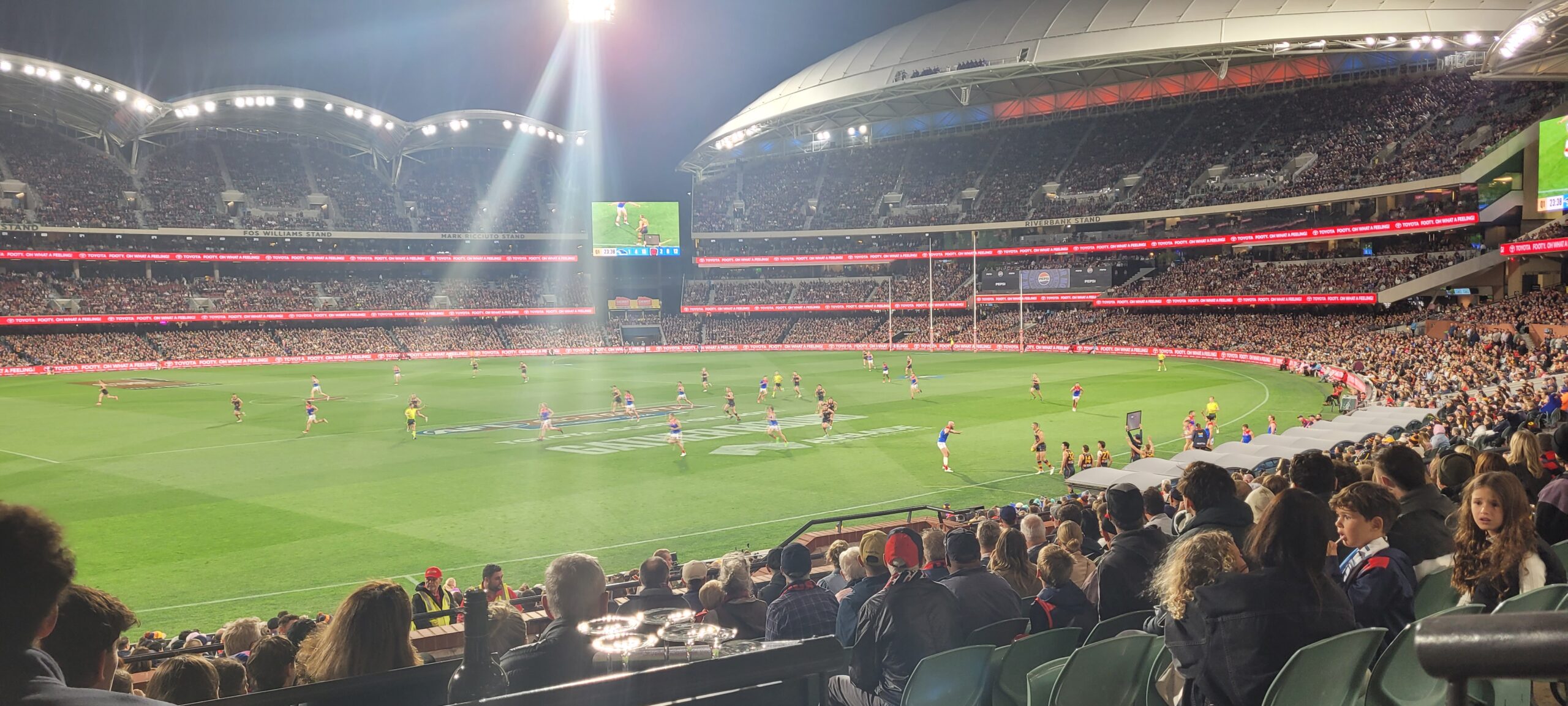‘Bidding for sport will become commercially unviable’: Senate recommendations miss the mark for free-to-air TV
The Australian free-to-air television industry is reeling after the the Senate Environment and Communications Legislation Committee delivered a toothless and antiquated set of recommendations regarding anti-siphoning laws for sport, and prominence for free-to-air digital services on smart TVs.
Current anti-siphoning laws require major sporting events to be broadcast free to Australians, however this law currently only covers linear broadcast (antennas), meaning the third of Australians who only watch TV digitally, cannot access these sports if the digital rights for an event are owned by a subscription service and put behind a paywall.


